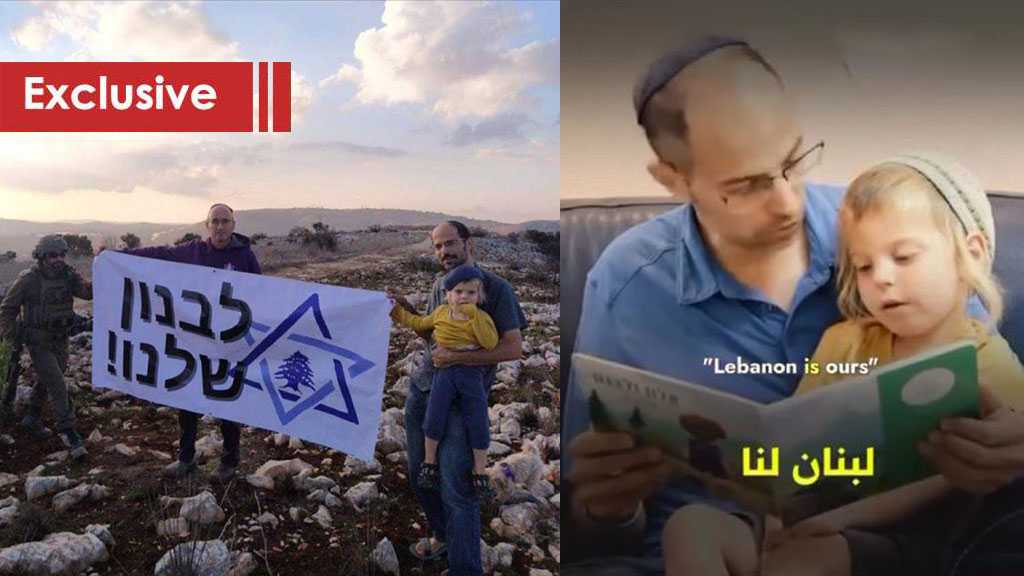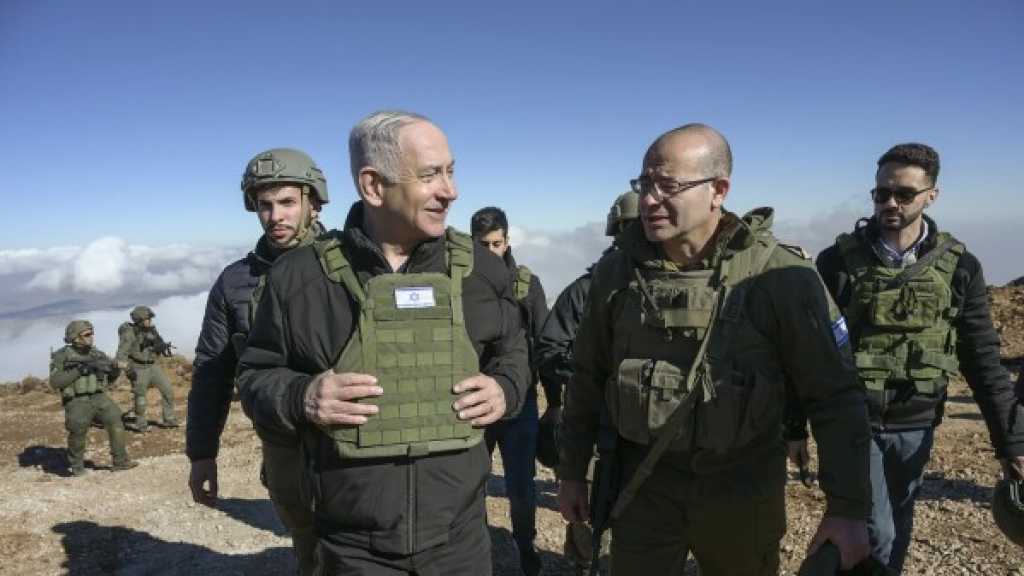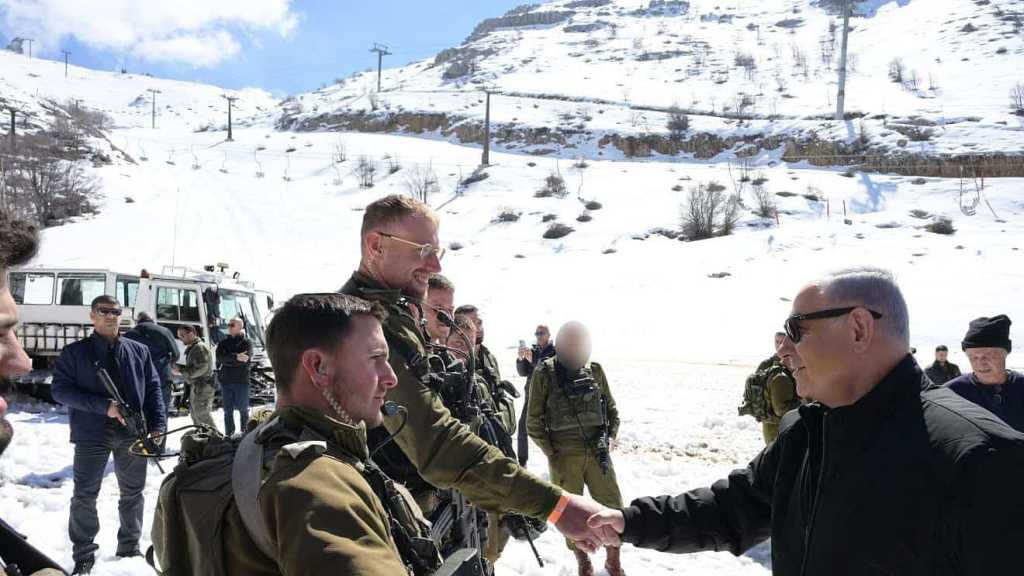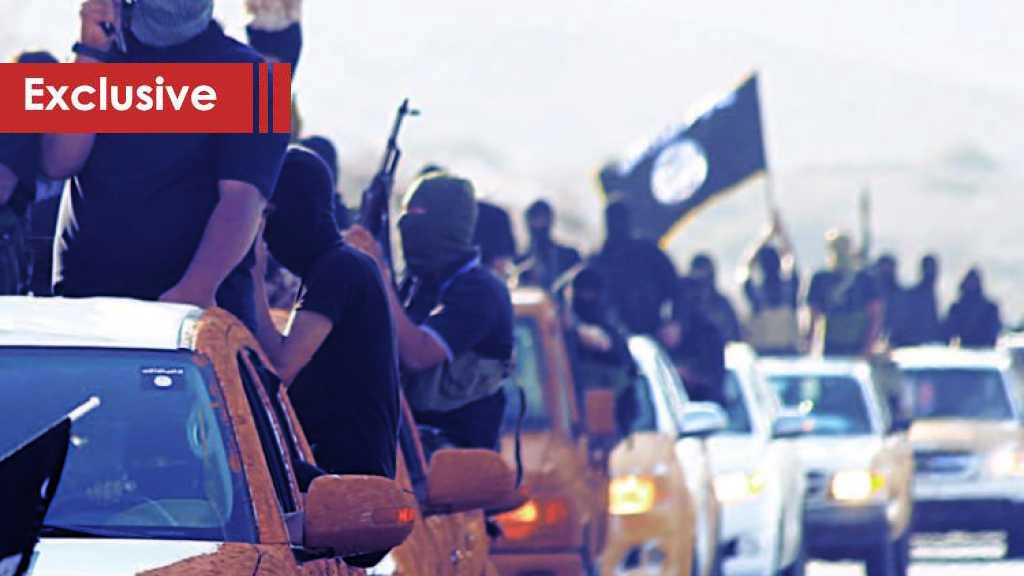The Hezbollah Women’s Organization Unit: An Islamic & Feminine Effort To Build A Society

By Hiba Al-Annan
Late Leader of the Islamic Revolution Imam Ruhollah Khomeini believed that “a woman is like the Qur’an” when it came to her role in shaping men, i.e. building an Islamic society at all levels.
The implications of this Revolution reverberated around the world, reaching Lebanon and establishing a religious resistance movement that rejected the ‘Israeli’ occupation and its agendas. It was led by the mujahideen alongside young women, who worked and persevered in building a society that revives the authentic Muhammadan Islam.
In the early days, the work of the Hezbollah women was spontaneous and later became organized in accordance with new realities. This paved the way for the founding of the Women’s Organization Unit, with all its goals aligned with the approach and path of Hezbollah.
The launch and the early days
Hajja Afaf al-Hakim, the head of the Women’s Organization Unit, one of founders of the organization, and an Islamic feminist activist takes us back to the organization’s humble beginnings.
“After the start of the Islamic Revolution in Iran, Husseiniyas and mosques in the south and the southern suburbs [of Beirut] heeded the call of this revolution. They were filled with young men and women who repeated the slogans of the revolution and carried its spirit. Later on, lectures and seminars began. Enthusiasm and commitment grew around the leader, Imam Ruhollah Khomeini.”
Al-Hakim tells Al-Ahed News that "the Islamic revolution formed the backbone for Islamic feminist work.
“Before that, women did not have any active and clear presence in any fateful political event, but the echoes of the revolution stirred enthusiasm in the hearts of young women believers and ignited in them the revolutionary spirit. Amidst this atmosphere full of work and activity, the ‘Israeli’ invasion and the brutal aggression against Lebanon took place. The groundwork was prepared and the spirits were ready to defend the land and the homeland.”
According to Al-Hakim, "the spontaneity of the Islamic feminist movement was transformed into an organized track designed to serve Hezbollah's project. Then, the work turned into an organizational one that developed with the accelerating events and days."
Al-Hakim recalls the work of the Women’s Organization Unit in Lebanon – the first gatherings and demonstrations in the Bir al-Abed area. At that time, the work was secret and limited:
"We used to urge each other, as young women, to participate in any event organized to reject the ‘Israeli’ occupation and its conspiracies."
“Those who attended the demonstrations and went to Husseiniyas and mosques hailed from homes that sacrificed for this march and throbbed with the spirit of resistance. We were of all ages. Young women used to finish their lectures at the university and take part in the demonstrations. Likewise, there were housewives who attended to the needs of their children and heeded the call of the resistance. Other women did not allow their work to distract them from championing the truth.”
She explains that "the martyrdom of the Master of the Martyrs of the resistance Sayyed Abbas al-Moussawi in 1992 had a great impact on hearts and souls. People became more determined and had more faith in continuing the march."
"At that time, I was contacted by Hezbollah to organize the women's work and set an organizational structure for the Women's Organization Unit in Hezbollah."
"We developed a basic plan for the unit under the supervision of Hezbollah Secretary General His Eminence Sayyed Hassan Nasrallah. It included a large number of sisters in all the regions. Our tasks were divided in accordance with each region and the level of work there. Work on the structure was launched directly at the level of the Beirut region. About a year later, the work was distributed to other regions. Hence, each region had a head, and at the same time, she was the assistant to the official in charge of the region.”
Al-Hakim explains that “each region was divided into a number of sectors. There was a woman in charge of each town or village. In each neighborhood there is a section officer.”
She says "the unit took Bir Al-Abed as its headquarters. Thus, our work, which has always been and still is to a large extent voluntary, is completed. In each region, there are about 1,000 working sisters – volunteers and contract workers.”
Al-Hakim points out that "the official announcement of the establishment of the Women's Organization Unit came in 2003, when I was appointed to head the unit. At that point I had a long session with His Eminence Sayyed Hassan Nasrallah to get informed about all the aspects of the required work. He explained to me, over a period of three consecutive hours, how to harmonize our goals with implementation methods that suit our society. Thus, the work began to expand gradually to the rest of the regions."
The task and goals
Al-Hakim enumerates the goals of the Women's Organization Unit. All are aligned with Hezbollah's goals at the cultural, social, and media levels. These goals include:
- Cultural mobilization: This is based on cultural courses, seminars, lectures and celebrations.
- Upgrading the status of women culturally, socially, and politically
- Promoting the positive image of women affiliated with Hezbollah in all fields
- Forming a network of relations with the pro-resistance parties to serve the line and path of Hezbollah
- Fortifying the women's society and turning it into a source of support for the resistance in the face of conspiracies being hatched against Hezbollah
- Communicating with the families of the martyrs and the resistance fighters. They are credited with raising their children and their sincere drive
- First aid training with the aim of developing individual capabilities and initiatives in this field
According to Al-Hakim, the Women’s Organization Unit had an important role in shaping awareness among women towards the resistance and confronting the Zionist enemy by holding courses and cultural competitions at different levels and forming social committees, including eradicating illiteracy and first aid training.
Within the framework of its pioneering role, the Women’s Organization Unit formed the Al-Hawra Zainab Committee, which is concerned with marking the martyrdoms and births of Ahl al-Bayt. There is also the Support Committee (the first committee concerned with the families of the martyrs and the wounded), which moves weekly under the auspices of the wives of scholars and officials to visit these families. This attracted admiration and appreciation from Sayyed Nasrallah.
Development and expansion
Subsequently, the Committee to Support the Resistance emerged from the work of the Women’s Organization Unit. The Committee oversees the distribution of the resistance money boxes, holds political meetings depending on developments, and hosts various exhibitions that contribute to the work of the Women’s Organization Unit.
The Women’s Organization Unit also established relations with parties and associations supporting the resistance and participated in celebrations in support of the resistance. Here, the unit played an important role in establishing strong and effective ties and relations with many women's activities and figures in Lebanon and various countries in the world.
Regarding the development and expansion of the Women’s Organization Unit, Al-Hakim points out that it "expanded to include five Lebanese regions, namely Beirut, the first region, then the second, third, fourth, and fifth regions."
"We established the first institute to teach sisters and develop their abilities and awareness at the cultural level. Hence, the Sayyidat Nisa Al-Alamin Institute in Haret Hreik. This institute later developed to include the other five regions."
The Women’s Organization Unit organized about 15 intellectual and cultural conferences under various titles that address the needs of society, including the volunteer work conference, which was attended by figures from the Lebanese Council of Women, and the reading and cultural advancement conference that was attended by the Minister of Education.
Al-Hakim tells Al-Ahed that "three associations were established: The Women’s Association for Social Guarantee, the Mother and Child Association, and the Lebanese Culture Association. In addition, the unit participated in 98 conferences in many Arab, Islamic, and other countries and cities, such as China, Iran, Sudan, London, UNESCO in France, Yemen, Indonesia, Italy, Turkey, Malaysia, Tunisia, Aleppo, Mecca and Medina.”
"Trips and cultural courses to Iran were also organized (two sessions each year for seven years), while a sister was appointed to be a delegate in the Lebanese Council of Women, through the three associations that we authorized," said Al-Hakim.
As for the future projects of the organization, Al-Hakim assures Al-Ahed that “the unit looks forward in the coming years to be a reference for all sisters in Lebanon and the Islamic world, a model of women’s work that paves the way for the path of Sahib Al-Asr wa Al-Zaman, and a destination that keeps pace with the most important technical, technological, and scientific developments making it a pioneer at all levels."
"We look forward to more social and cultural work, especially in light of these difficult economic conditions that the vast majority of people are going through, to secure aid and social solidarity," Al-Hakim concludes.




